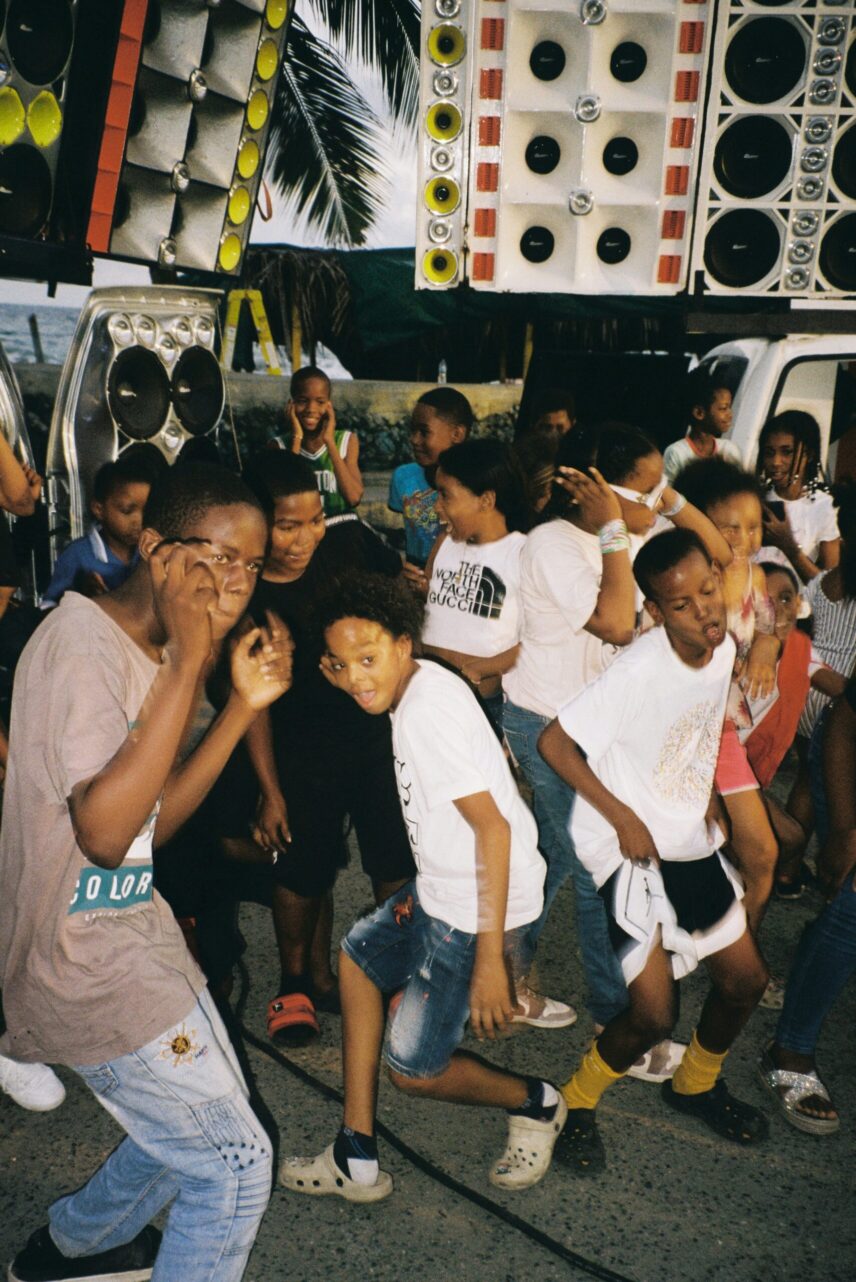Article begins
thinking about peace
i used to listen to the news
while brewing Kaldi’s
as a pot of grits was lifted
then placed back on the heat
seems like November
brought a different wind
a kind of darkened soliloquy
the narrative shifted from young ones
filling potholes in their neighborhood
to another blue life taking a black
the reproductive rights of women
another attack and blah, blah, blah
but as i write this
i am in a courtyard
surrounded by teenage laughter
trying to write about silence
in the background
a seventeen-year-old girl
is singing Anita Baker
and there is more laughter
a few at a table are drawing
with their headphones on
finishing their projects
and the white noise
is filled with teenage banter
yelling, joking around
and more singing
playing football with a notepad
as if this is all that mattered
as if the clouds moved
revealing the sunlight
my grown self
enjoying the silence

On “White Noise”
Sherry B. Ortner’s theory of Dark Anthropology “focuses on the harsh dimensions of social life (power, domination, inequality, and oppression), as well as on the subjective experience of these dimensions in the form of depression and hopelessness.” This poem engages with these aspects of social life while moving toward what Ortner describes as an anthropology of the good by meditating on the perceptions and uses of noise. The navigation of “noise” in the poem is illustrated in how the African American male speaker “used to listen to the news” in the morning, but has stopped due to the increasing frequency of bleak media coverage (noise), as in:
“another blue life taking a black
the reproductive rights of women
another attack…”.
The increased frequency of negativity in the news gives the speaker a sense of hopelessness. However, he becomes inspired while working with youth of various ethnic backgrounds at a local arts organization. The teenage laughter, singing of Anita Baker, and everyday banter are a “signal” for the speaker that all is not lost. In that moment, the speaker allows the youth’s playfulness to provide “white noise”—a meaningful background sound that muffles other noise.
On the surface, this poem is about a writer trying to write about silence while youth are playing in the background. Beneath the surface, the youth inspire the writer to consider the future as hopeful because it will include those who are as talented as they are concerned for the future. In this way, the speaker in the poem decides that meaningful sound is created when one is challenged not to allow the noise in the media to dictate one’s perception of reality.
Pablo Herrera Veitia and Darlène Dubuisson are the section contributing editors for the Association of Black Anthropologists.

